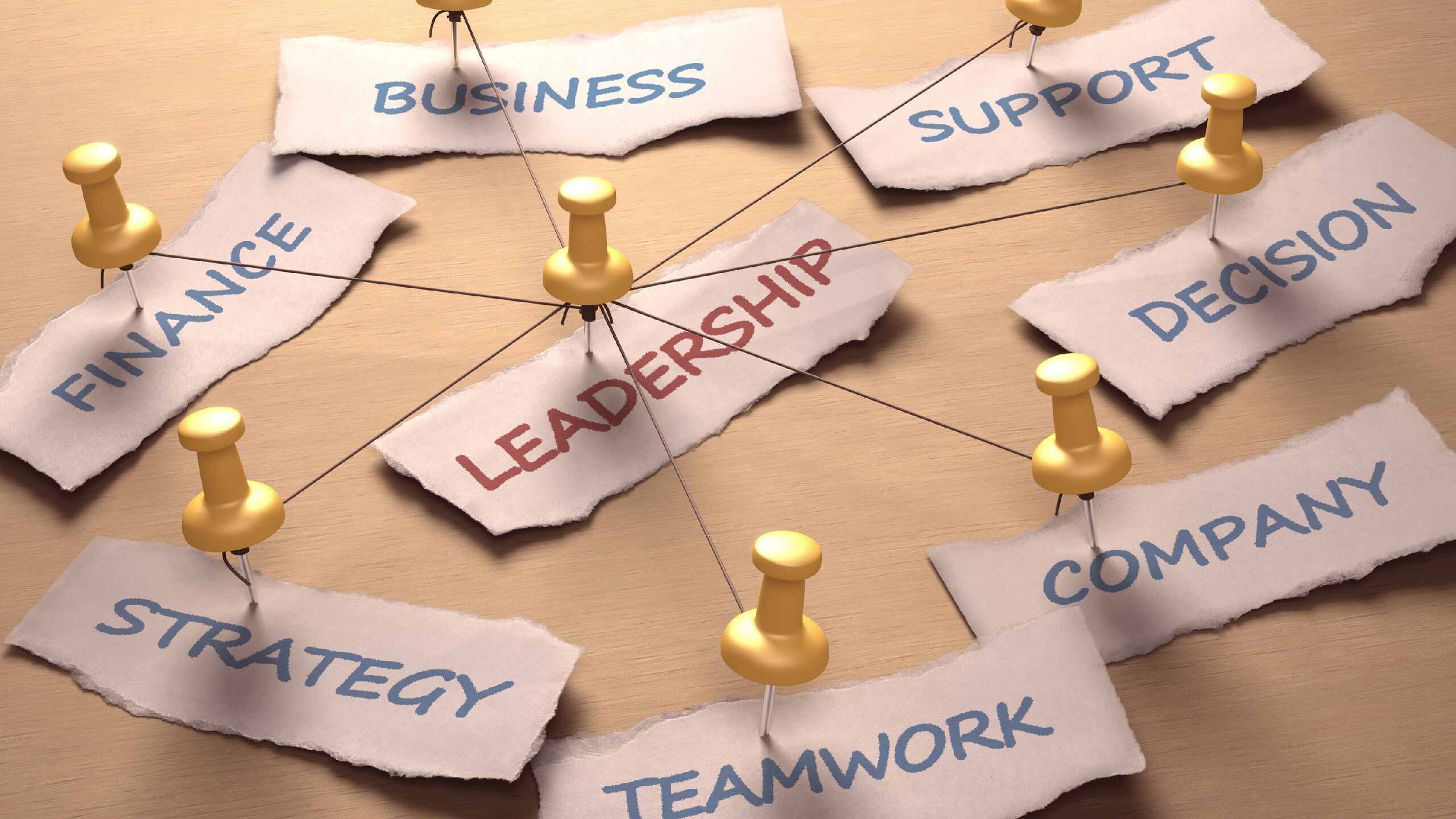Posts

2022 Review & 2023 Preview
It's time to review your past year and set your professional…

YEAR END BUDGETING 2022
2022 in Review
As the year approaches a wrap, it's time to highlight…

FIVE CORE LEADERSHIP TACTICS
There are five leadership tactics that I follow that help me…

HOW CAN 'DEEP WORK' GET YOU BACK TO DOING AN EXTRAORDINARY JOB?
Do you want to do your job or do an extraordinary job?
There…

PERSONAL VISION
So many people go through life without a personal vision. If…

